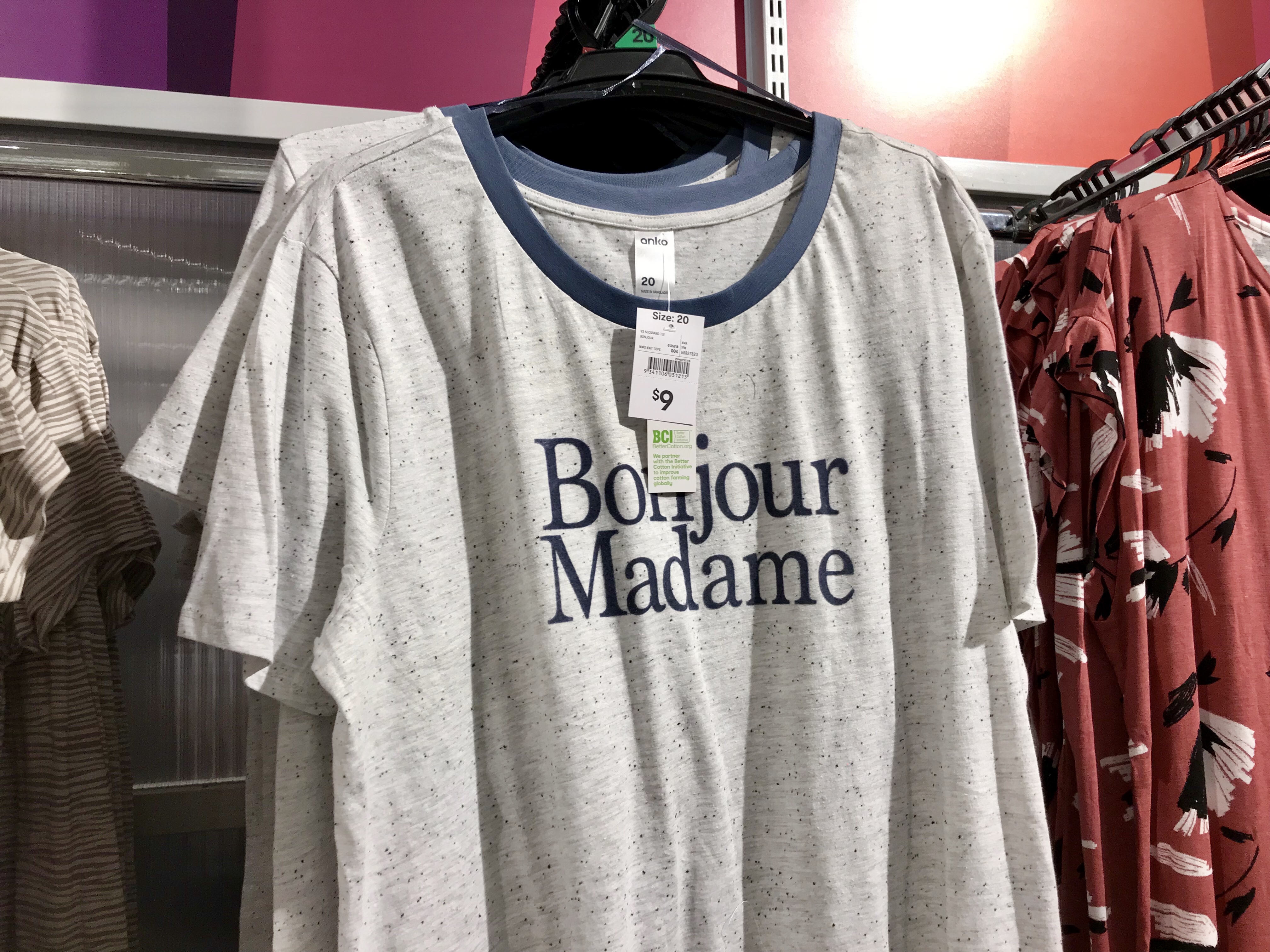
The concepts of petit bourgeois and materialism are nothing new. In a country like Australia, where ideas like multiculturalism and diversity (of people and thought) are discussed frequently, it’s amusing to me that people still aim generally for the same trends, styles, possessions and ideals.
This thought came to my mind today as I was reading Alain de Botton’s Status Anxiety. On page 40 of the book, de Botton quotes George Orwell in his 1941 publication The Lion and the Unicorn:
‘To an increasing extent the rich and the poor read the same books, and they also see the same films and listen to the same radio programmes. The differences in their way of life have been diminished by the mass-production of cheap clothes and improvements in housing… In those vast new wildernesses of glass and brick, there is a rather restless, culture-less life, centring round tinned food, Picture Post, the radio and the internal combustion engine.’
Today, the objects of mainstream materialist desire are quite different, although the desire is virtually the same. In the place of the radio and the internal combustion engine, we now see digital technologies and trends as cool. Many people ‘need’ to have the latest, most expensive iPhone, which facilitates amazing, creative and technical applications—yet most people just use theirs for Instagram. Even then, with such an impressive camera module, people still manage to take and post rubbish photos. You can achieve that on an Android handset that costs much less but of course, there’s no brand prestige there.
The bit that stood out to me about Orwell’s quote was his reference to cheap clothes. Somehow, cheap clothing has been rebranded as desirable and fashionable, even with collective knowledge of the suffering that its makers endure, perhaps sometimes worse than in the technological supply chain.
Circling back to Australia’s own brand of petit bourgeois, we can even see the integration of literal Frenchness into nationwide idioms and advertising terms. The retail chain Target is no longer just Target; it has been pronounced both mockingly and seriously as Targét with a silent ‘t’ for some time. Even one of the brand’s advertising campaigns adopted this pronunciation to relate to Australian consumers. It worked a treat and everyone was talking about it.
Wesfarmers owns Target in Australia and also operates Kmart, which has generally been seen as the more budget-angled alternative. With recent aggressive TV advertising, however, I would argue that they are using the same fun, aspirational middle-class-focused strategy to turn Kmart into a brand with its own silent ‘t’: KmÀrt.
In the spirit of truly European (and particularly French) chic, disposable, petit bourgeous clothing and ornaments are increasingly noticeable throughout the shop. Whenever I visit KmÀrt with my wife, Natasha, typically on a trip for stationery, I spot things like this…

Yep, that’s a brilliant artwork. Also, it looks great next to the golden lamp.

Rightio, hello to you as well.

‘Very pretty’ and ‘pretty’? Is this a comment that the French are prettier than the Spanish, or are people meant to grade themselves prior to purchase and select the top that best matches their own physical appearance?
All of this stuff is just plain tacky. With regard to the big print of the woman, I am by no means a snob when it comes to art; I have purchased prints from Ikea and don’t believe that expense always correlates with quality. Opening a debate on art is certainly not my intention but surely you could find something more genuine or interesting to put in your home than this.
What I find concerning is the way that people mindlessly scoop up such items, using them to project false styles and realities that match their constructed realities on Instagram. In people’s relentless efforts to stand out, they end up all heading to the same retail chains.
In an increasingly globalised society, I know that it’s sometimes difficult to avoid shopping at the exactly the same places, eating similar food and sharing familiar ideas online. This piece certainly isn’t the first ever to discuss consumerism. I’m just asking that people think about the meaning behind their decisions, consider the value of difference and at least occasionally aim for something a little radical: be satisfied.